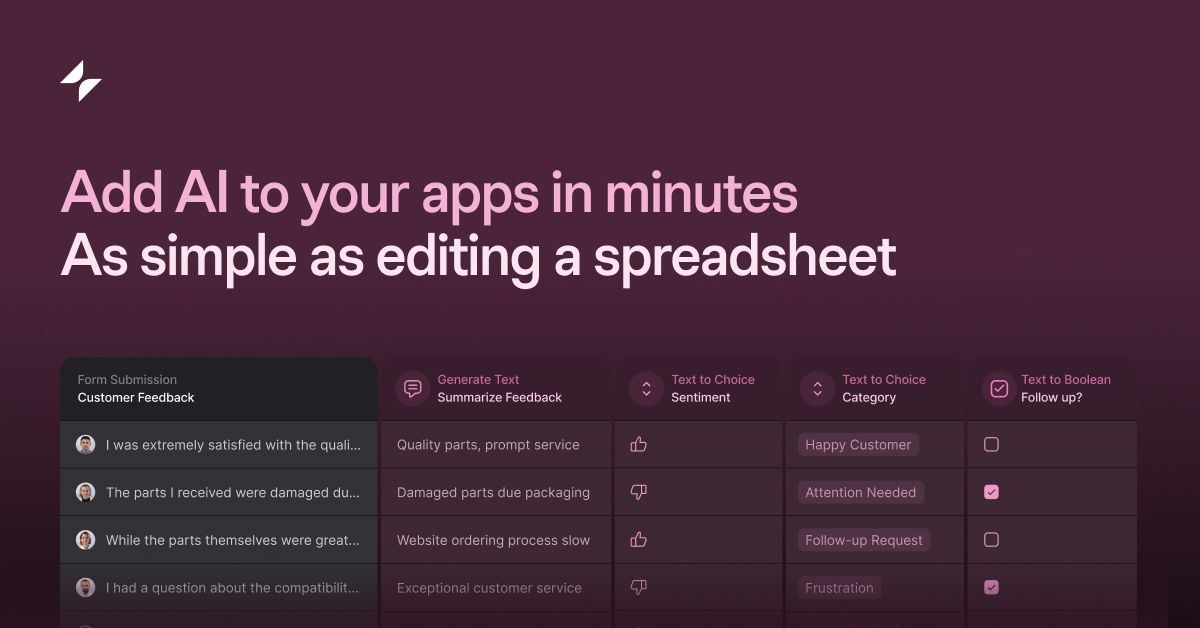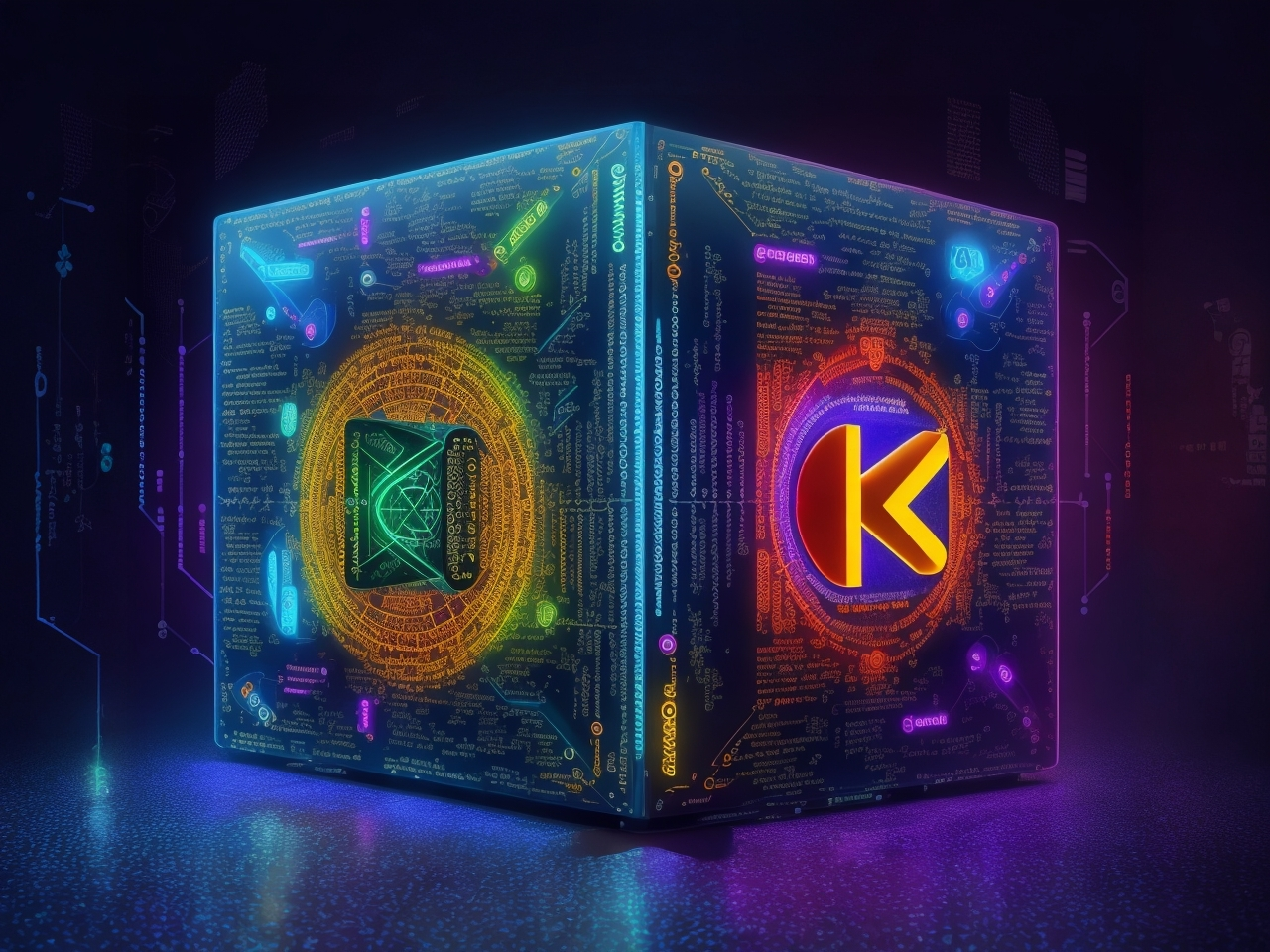
- ( 0 Reviews )
Checkout Cerebrium – Machine Learning Training, Deployment, and Monitoring Tool
Product Description
Cerebrium is a machine learning framework that simplifies the process of training, deploying, and monitoring machine learning models by providing users with a streamlined approach using minimal code. It supports various serverless GPU models and integrates seamlessly with leading ML observability platforms while offering automatic version control and fast cold starts within seconds. Additionally, it enables users to incorporate custom logic and fine-tune models effortlessly.
Other Product Information
- Product Category: AI Detection
- Product Pricing Model: Freemium
Ideal Users
- Machine Learning Engineer
- Data Scientist
- DevOps Engineer
- AI Researcher
- Data Analyst
Ideal Use Cases
For Machine Learning Engineer
- Fraud Detection: As a Machine Learning Engineer, one should use Cerebrium to deploy a serverless GPU model for fraud detection on a financial platform that can detect anomalies in real-time transactions and flag them for further investigation. This would involve training the model using historical transaction data, monitoring it for drift, and fine-tuning it periodically to ensure accuracy.
- Image Recognition: one should use Cerebrium to deploy a serverless GPU model for image recognition on an e-commerce website that can identify products and categorize them for easy search and recommendation.
- Sentiment Analysis: one should use Cerebrium to deploy a serverless GPU model for sentiment analysis on social media platforms to analyze customer feedback and monitor it for drift.
- Predictive Maintenance: one should use Cerebrium to deploy a serverless GPU model for predicting equipment failures in manufacturing plants, monitoring it for drift and scheduling maintenance before they occur.
- Personalized Recommendations: one should use Cerebrium to deploy a serverless GPU model for personalized recommendations on a streaming platform that can suggest products to users based on their past behavior and preferences.
For Data Scientist
- Fraud Detection: As a data scientist, one should use Cerebrium to train and deploy a machine learning model for fraud detection on a credit card transaction dataset using TensorFlow or PyTorch frameworks and integrate it with an observability platform to monitor the performance of the model in real-time.
- Image Classification: one should use Cerebrium to train and deploy an image classification model using Keras or TensorFlow and automatically fine-tune it for better accuracy.
- Sentiment Analysis: one should use Cerebrium to train and deploy a natural language processing (NLP) model for sentiment analysis on social media data using Python and monitor the performance of the model over time.
- Predictive Maintenance: one should use Cerebrium to train and deploy a predictive maintenance model using TensorFlow or PyTorch frameworks and integrate it with an observability platform to detect anomalies in real-time.
- Recommendation System: one should use Cerebrium to create a recommendation system for e-commerce website using Python and monitor the performance of the model.
For DevOps Engineer
- As a DevOps Engineer, one should use Cerebrium to deploy serverless GPU models quickly and easily on AWS Lambda functions for real-time predictions in a production environment. This tool allows to train, deploy, and monitor machine learning models with minimal code, making it ideal for building scalable and efficient ML applications. With its ability to support all major frameworks, I can create unique functionality by chaining together LLMs and custom models, and automatically version models for better tracking and monitoring. Additionally, Cerebrium’s fast cold start times make it perfect for real-time predictions in a production environment. The tool’s integration with top ML observability platforms ensures that I can easily monitor feature and prediction drift, making it an excellent choice for building reliable and accurate machine learning systems.
For AI Researcher
- Fraud Detection: As an AI researcher, one should use Cerebrium to deploy a serverless GPU model for fraud detection on a financial platform that utilizes machine learning algorithms to detect anomalies in real-time transactions and flag suspicious activities.
- Image Recognition: one should use Cerebrium to create a custom image recognition model that can identify objects in images, such as faces or license plates, and integrate it with an existing application for automated image processing.
- Sentiment Analysis: one should use Cerebrium to develop a sentiment analysis model for social media platforms to monitor customer feedback and improve customer service.
- Predictive Maintenance: one should use Cerebrium to create a predictive maintenance model for manufacturing processes, which can detect equipment failures before they occur, reducing downtime and costs.
- Medical Diagnosis: one should use Cerebrium to develop a diagnostic model that can analyzedical images and assist in diagnosis of diseases.




